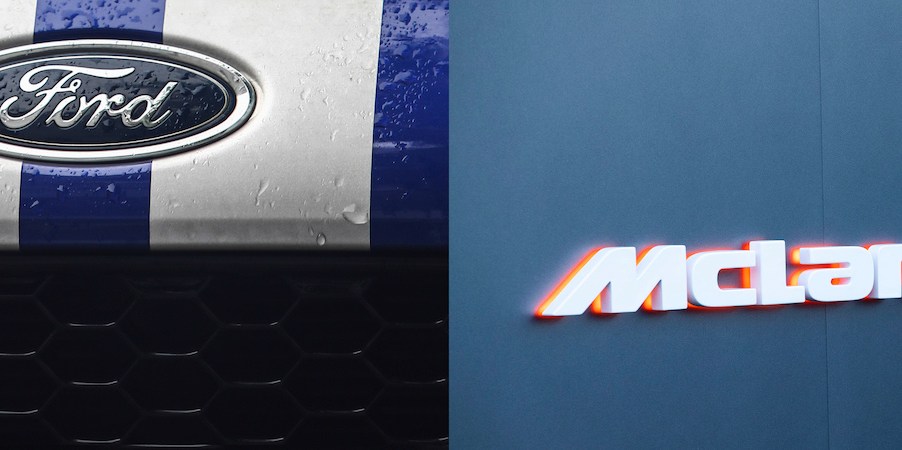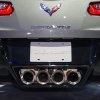
That Time McLaren and Ford Made a Slow Mustang
Dodge and Mitsubishi, Ford and Mazda, and even Tesla and Toyota all collaborated on various projects. They joined forces to create some of the most influential and essential cars history has ever seen. Unfortunately, it doesn’t always work out. One such partnership existed between two titans at opposite ends of the industry: McLaren and Ford. Ford was neck-deep in road car production, though it had many successes in racing, while McLaren was all about the racing and hadn’t made a single road-going car. These makers teamed up to create the McLaren Mustang, a road car that almost defined exclusivity but didn’t last, and now remains a page in automotive history.
What is the McLaren Mustang?

Some of you may remember the Mustang SVO. It debuted in 1984 as a turbocharged inline-four wielding fox-body. It had five-lug wheels, disc brakes, a limited-slip differential, and KONI suspension. The SVO was, by all accounts, a brilliant car. However, the first turbocharged Mustang was announced in 1979 to the tune of 132 horsepower from its 2.3-liter inline-four. It used a single overhead camshaft and a cast-iron cylinder head. All Ford needed now was a way to advertise the turbo Mustang effectively. It turned to one of its partners in the mid-’70s, the one, the only, the great, McLaren, to build a Mustang that could compete against proven sports cars from Porsche and BMW on the racing line.
The papaya-laden British racing team was already successful in Formula 1, even with Ford as an engine supplier, and was the team to beat in the CAN-AM racing series of the mid-’60s. So, naturally, when they got to work on the little four-cylinder Mustang, it went ham. The McLaren Mustang had its internal engine components balanced with new forged pistons, connecting rods, and a newly ported cylinder head. Its turbocharger made as much as 190 horsepower for a 0-60 time of 10 seconds. In other words, it wasn’t super quick. It got KONI adjustable suspension, disc brakes (sounding familiar?), and stiffer sway bars.
The McLaren Mustang evaded success in racing
The McLaren Mustang achieved P21 in the 1981 24 hours of Daytona, but surprisingly this wasn’t its ticket to the guillotine. It was expensive, but ultimately, the engineers at SVO didn’t want to share the spotlight with McLaren and pressured Ford to end the McLaren Mustang’s development. It’s unmistakable even at first glance, in part because of its outrageous paint scheme. The car had a different bumper, fender flares, and a unique hood.
Is there any hope of finding a McLaren Mustang for sale?
The short answer is not likely. Only 10 were made, solidifying it as one of the rarest Mustangs ever. However, if one does come up, it might not break the bank. In 2016 a McLaren Mustang with just 5,000 miles on the dash sold for $36,250 on Bring a Trailer. It’s not a lot for such a rare car, maybe because it’s obscure enough to be a mystery? Whatever the case may be, if you have an extra $40,000 lying around and come across one on eBay, don’t hesitate.


